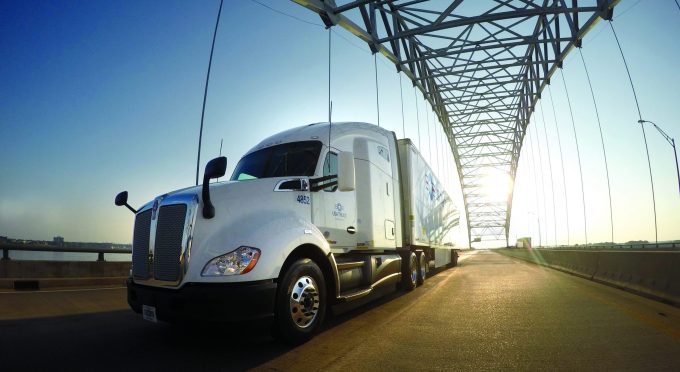CNS: rumours of its demise may be premature
Speculation that the CNS Partnership event may have run its course seems premature. Attended by some ...

The constant pain in the US trucking market is forcing more players out of the business and is spreading from owner-operators to larger outfits.
Truckstop, a major freight matching service, and Bloomberg Intelligence have conducted a survey of smaller operators, and the results show slumping rates and increased costs have brought the spot market, on which these players predominantly focus, close to a “critical point”.
However, the report expresses optimism that rates are close to bottoming-out and poised to rise – but ...
Transpacific sees first major MSC blanks as rates fall and volumes falter
'It’s healthy competition' Maersk tells forwarders bidding for same business
White House confirms automotive tariffs – 'a disaster for the industry'
New price hikes may slow ocean spot rate slide – but for how long?
Shippers snap up airfreight capacity to US ahead of tariff deadline
Supply chain delays expected after earthquake hits Myanmar
Tighter EU import requirements proving 'a challenge' for forwarders

Comment on this article